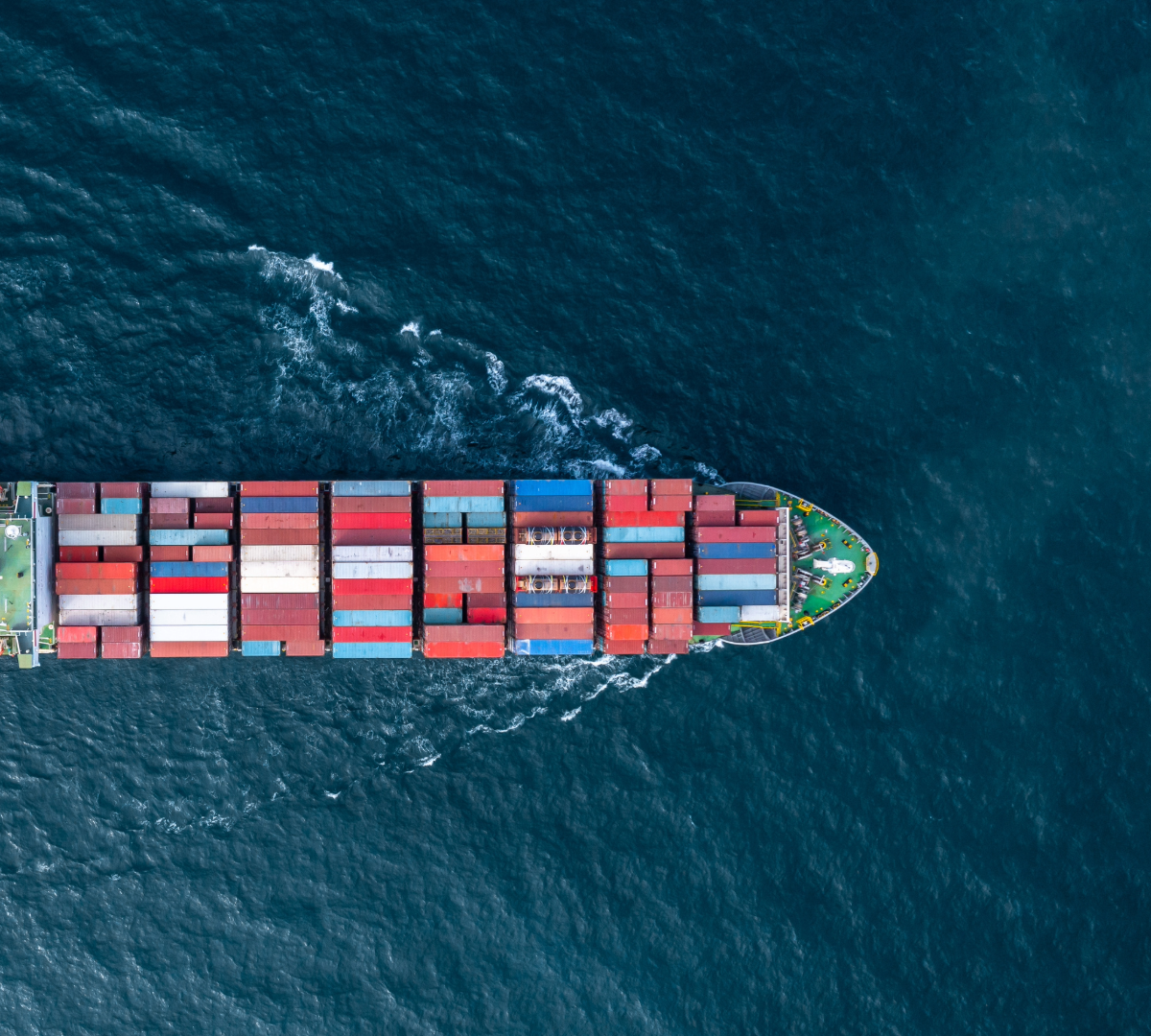Air Freight VS Sea Freight VS Australia Post: What’s the Difference?

When importing goods into Australia, one of the first decisions a business needs to make is how to move those goods - weighing up the pros and cons of air freight vs sea freight vs a postal service such as Australia Post. Each have key differences that significantly affects your costs, delivery times, customs clearance process and even your carbon footprint.
Air Freight
Referring to goods transported by aircraft, either via commercial airlines or dedicated cargo planes, air freight is the preferred option when time is of the essence, for example, when shipping high-value goods or medical supplies. Transit times for air freight typically range from one to five days, depending on the country of origin and airline schedule.
Due to the speed and reliability of air freight, it is often utilised by businesses dealing with fast-moving consumer goods or perishable items.
However, this convenience comes at a price, with a significantly more expensive per-kilogram basis than sea freight and stricter size and weight limitations to consider. From a customs clearance perspective, air cargo is generally processed more quickly, but relies more heavily on accurate and complete documentation - particularly when consignments are moved through 77G bonded depots, where delays may arise due to incorrect keyword usage or incomplete information.
Sea Freight
Considered the most common transportation method for large volumes of goods over long distances, sea freight involves goods packed into shipping containers and transported via cargo vessels, with options for full container loads (FCL) or less-than-container loads (LCL). Although an economical choice for bulky, heavy, or non-urgent items such as furniture or machinery, the trade-off is time.
Depending on the origin port and vessel schedule, it may take anywhere from two to six weeks (if not more) for goods arriving in Australia.
Other factors must also be considered including weather delays, port congestion, and the time required for container unpacking. From a clearance point of view, sea freight typically involves more complex logistics, inclusive of unpacking depots and container availability, identifying timing and communication to be critical in efficient release of your goods.
Australia Post
Widely utilised for smaller international shipments, particularly in the eCommerce space, items shipped via postal networks are often handled through international postal agreements and passed to Australia Post upon arrival.
Considered a convenient method for low-value, small parcels, these goods may clear customs automatically with minimal importer involvement, however, if the declared value of the item is inaccurate, if the goods require permits, or if customs inspect the shipment, delays and duties can still occur.
At Australian Customs Clearance, we frequently assist customers who have had parcels held up in the postal system and need help navigating the clearance process.
Why the Shipping Method Matters for Customs
With a wealth of experience, our customs brokers are located at every major air and sea port in Australia. From Brisbane to Perth, we understand the nuances of each shipping method and can help you avoid common pitfalls. Whether you’re an eCommerce business dealing with regular postal imports or a company coordinating bulk shipments via sea, our experienced team provides fast, professional customs support.
Reach out today to find out more about how we can help you.







